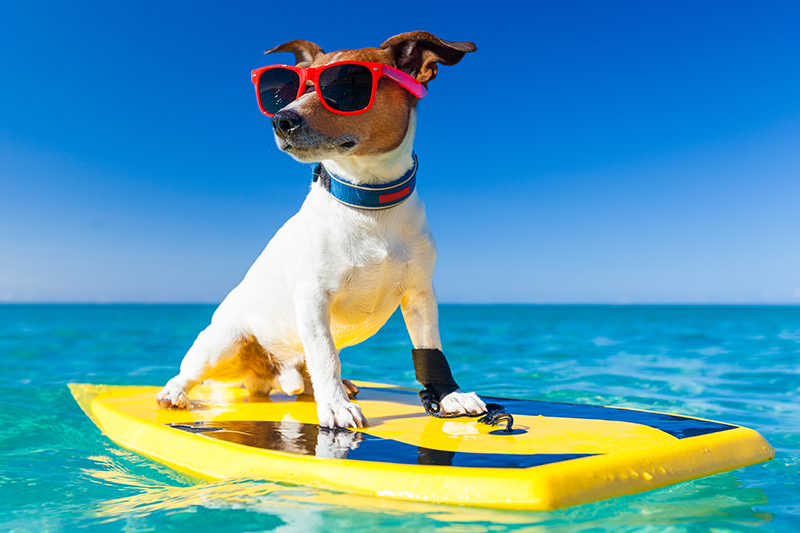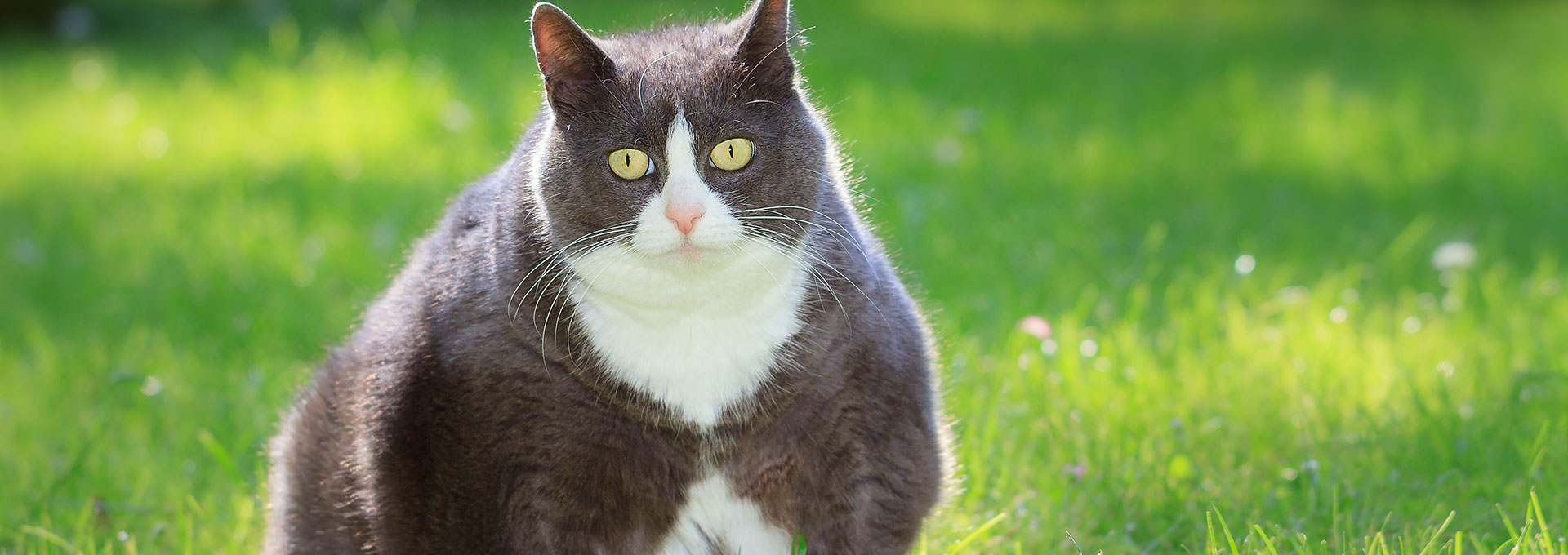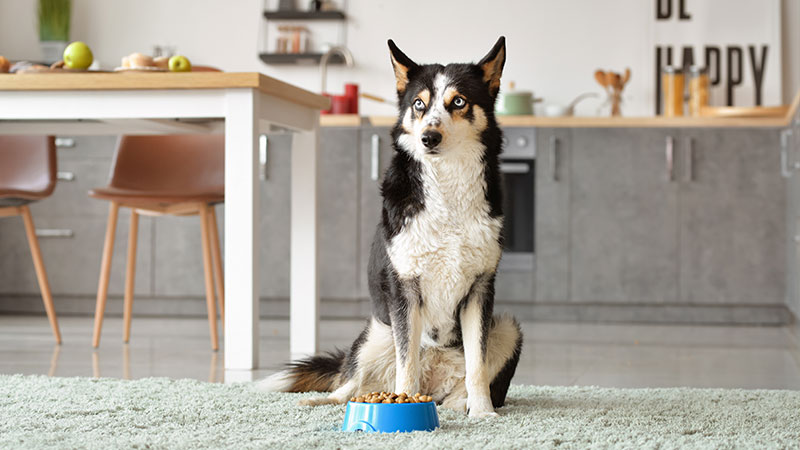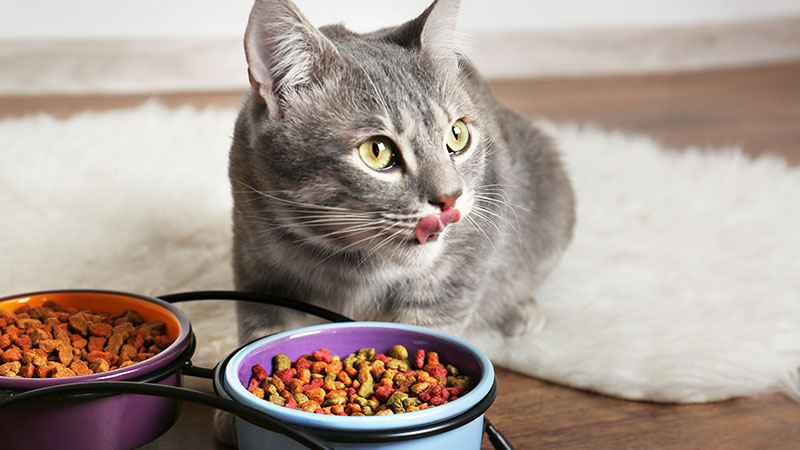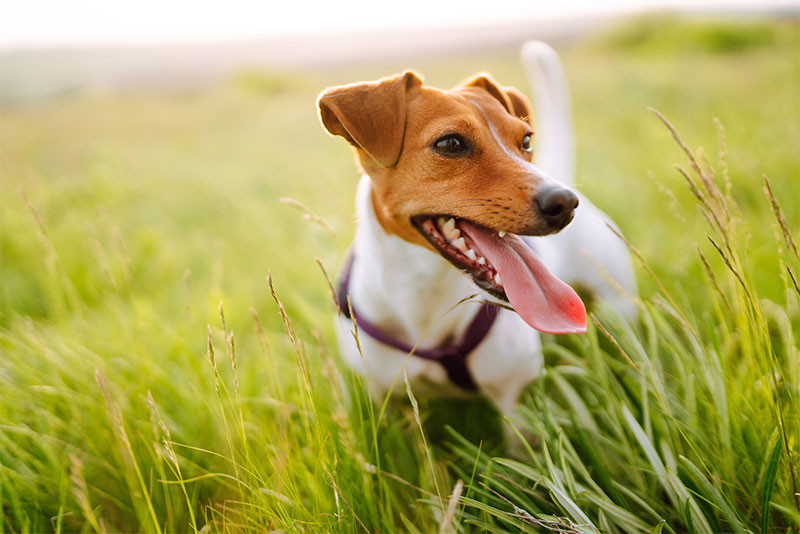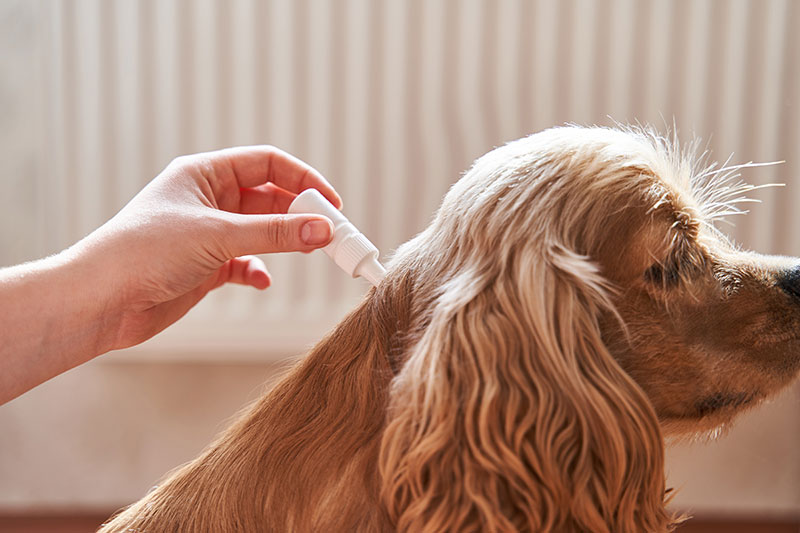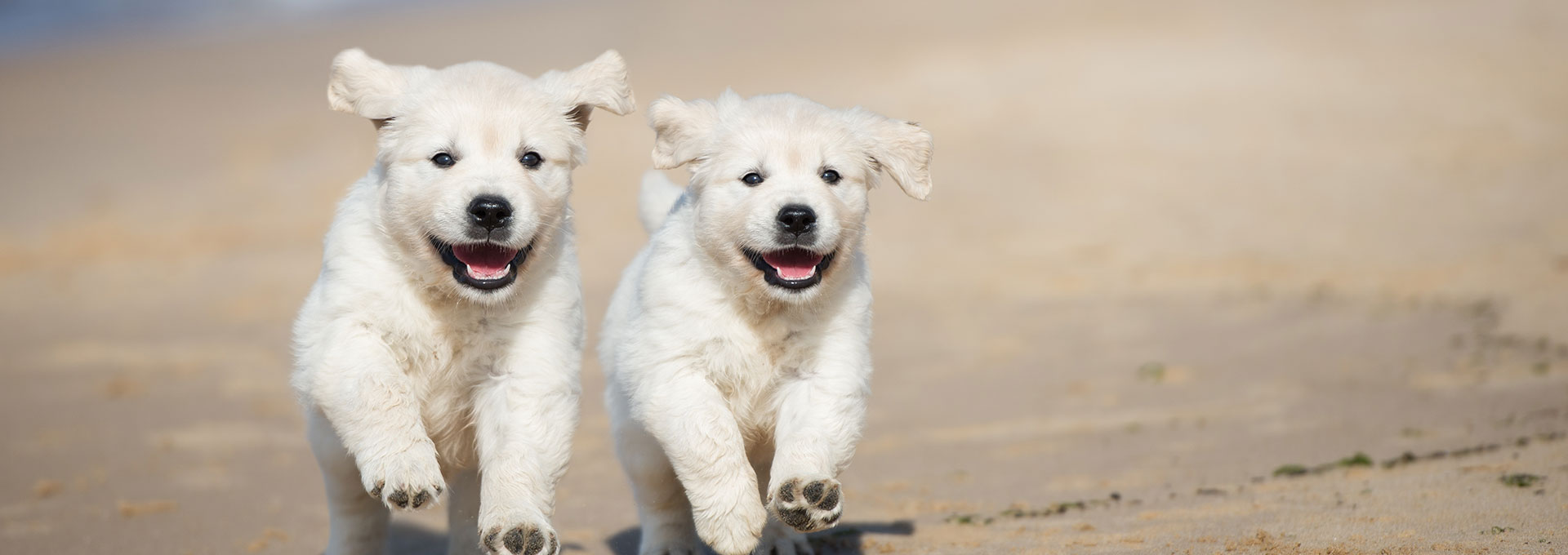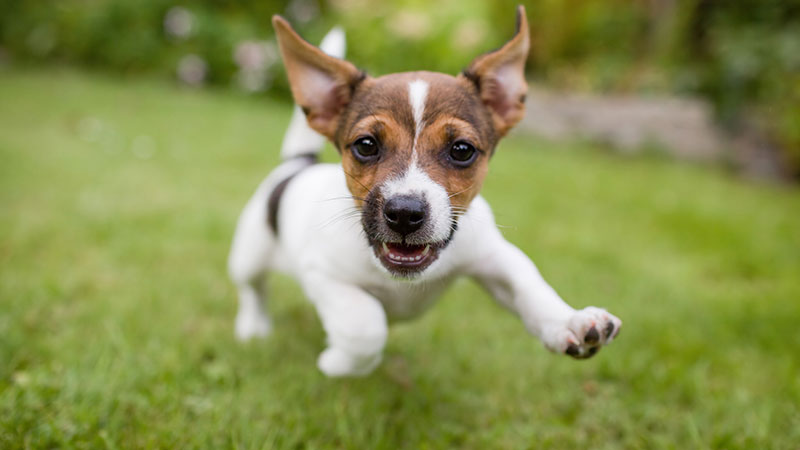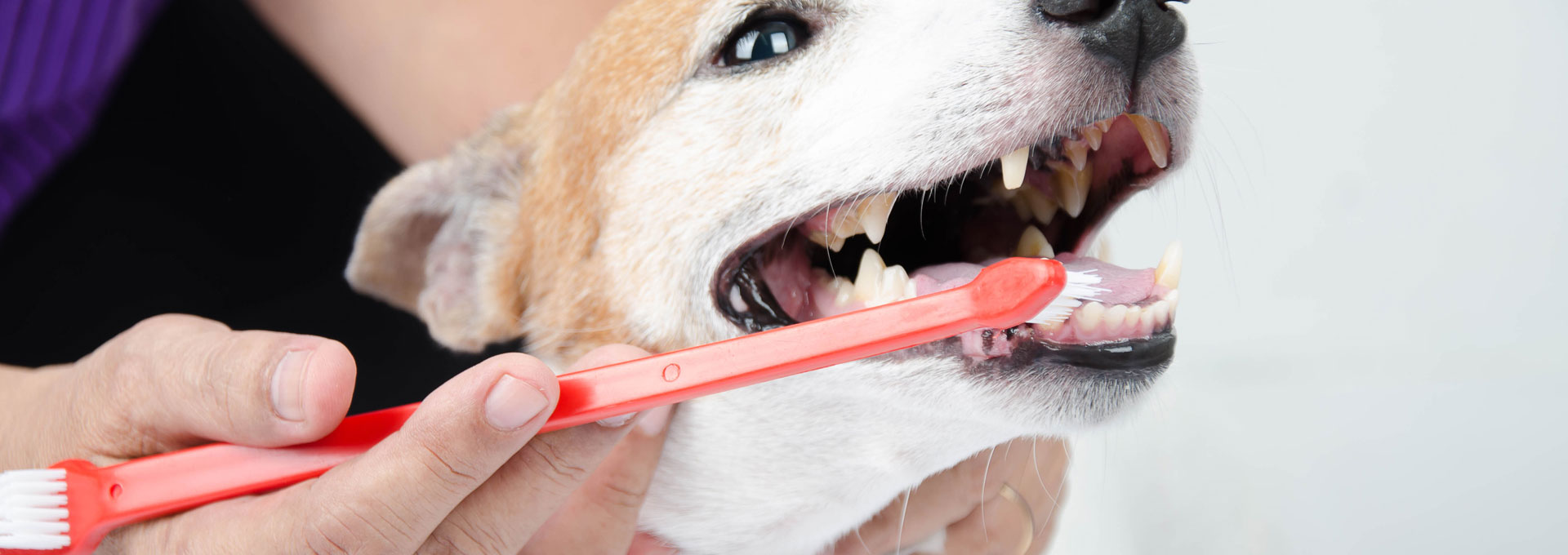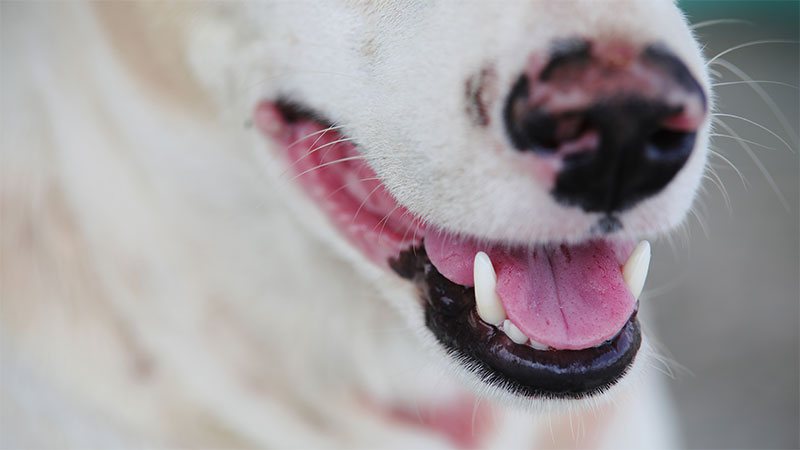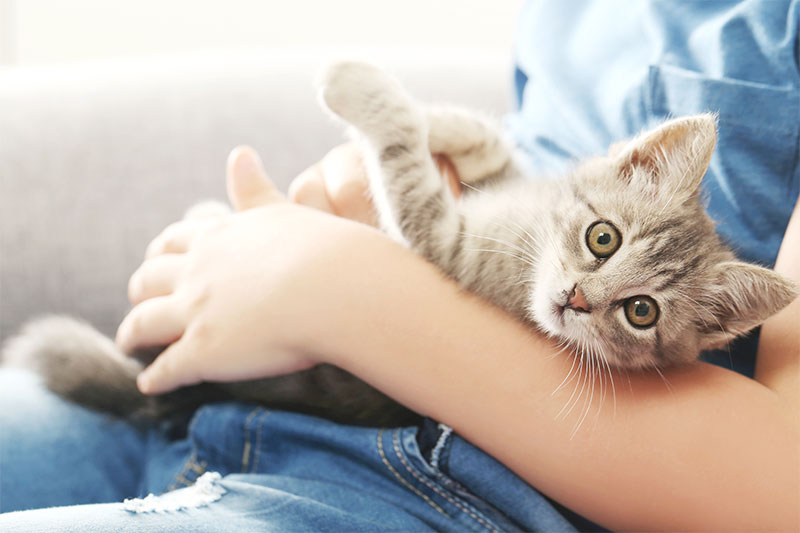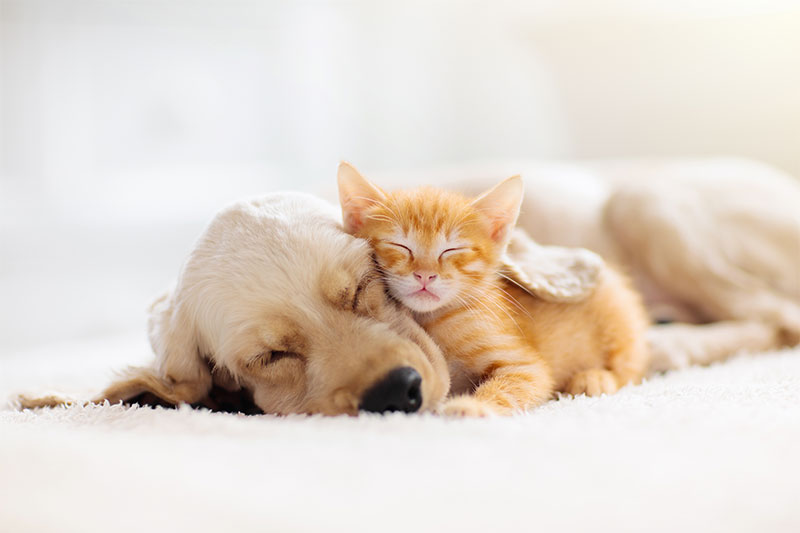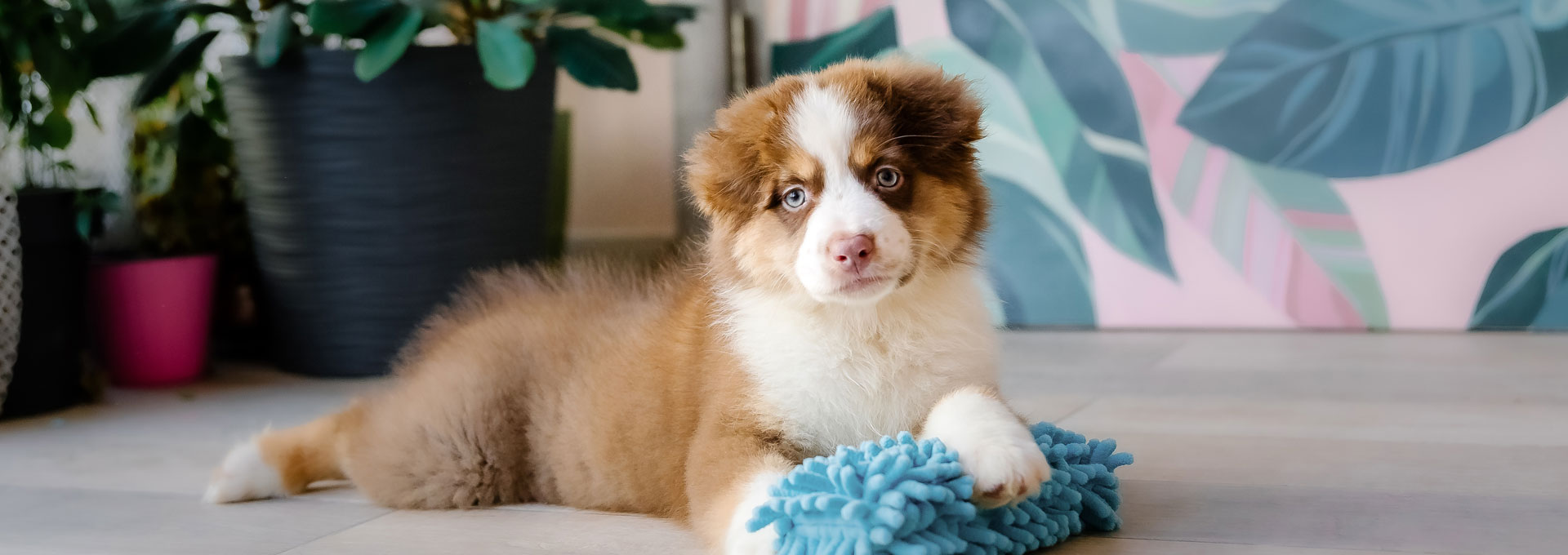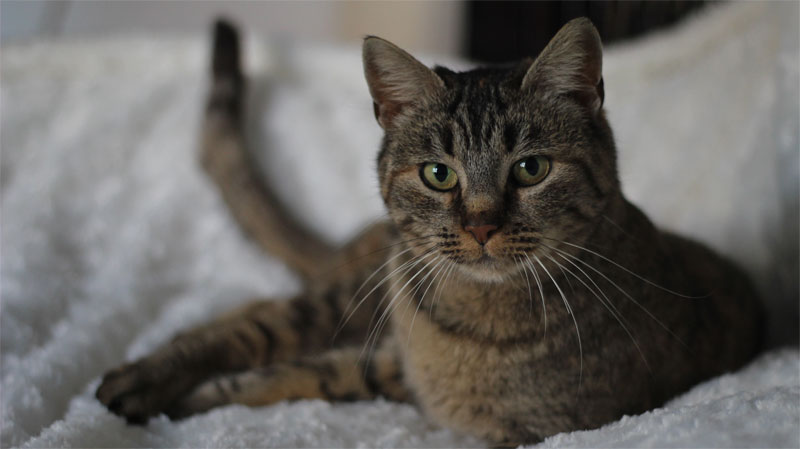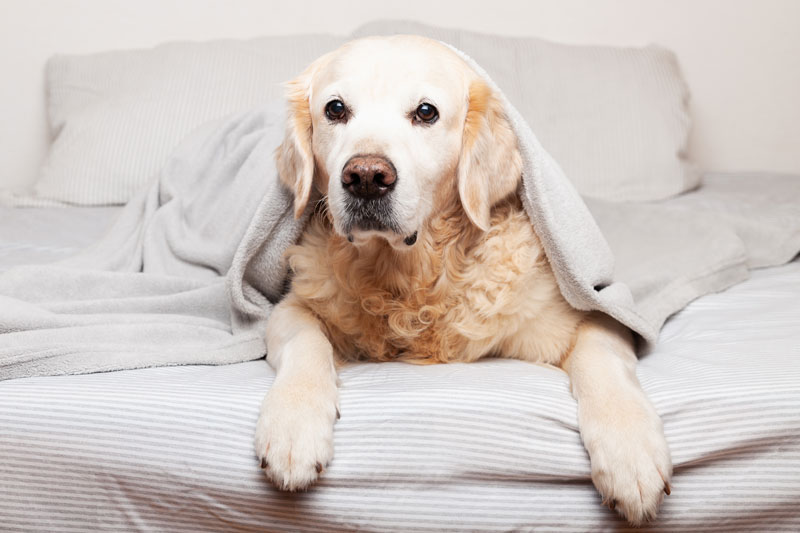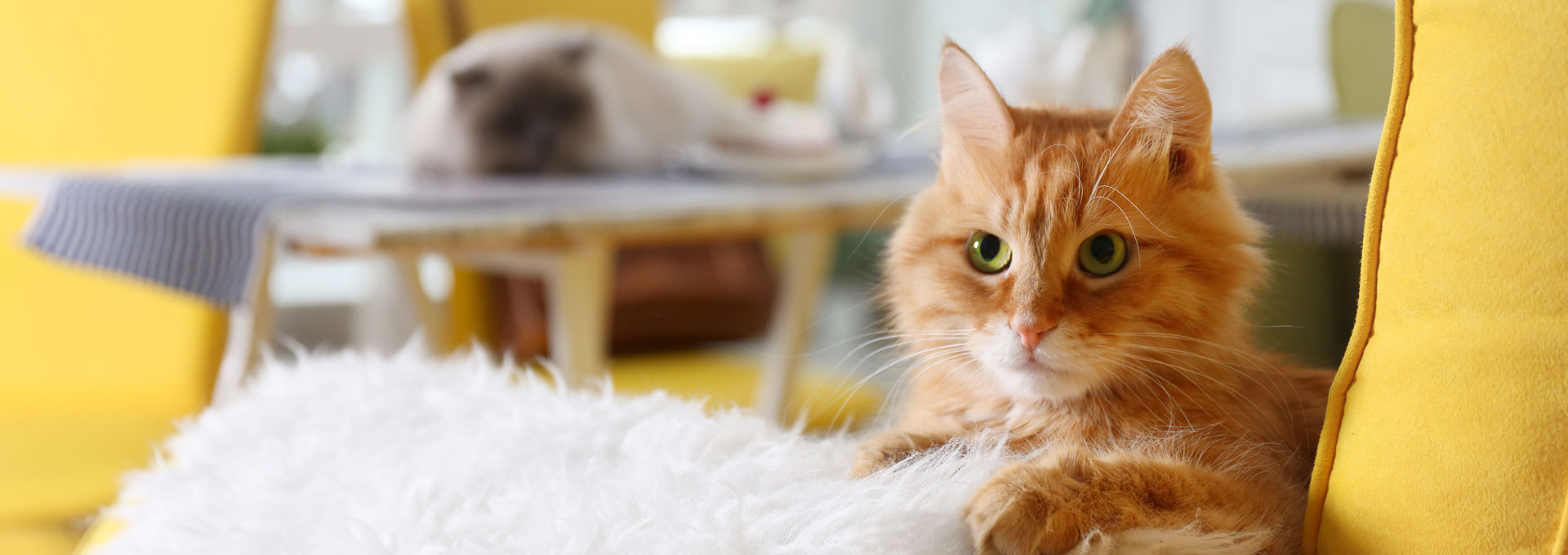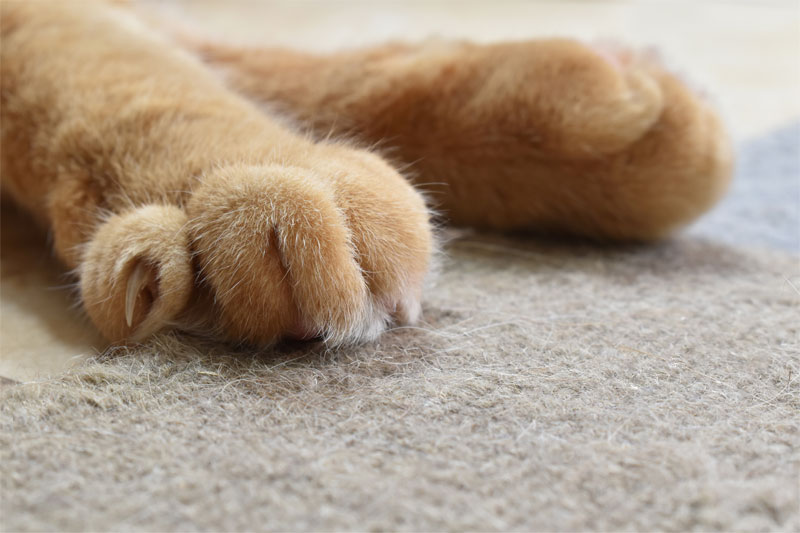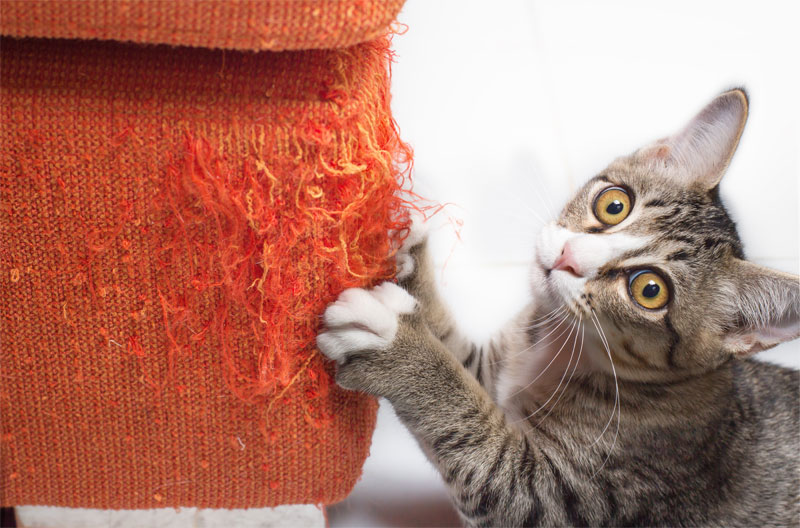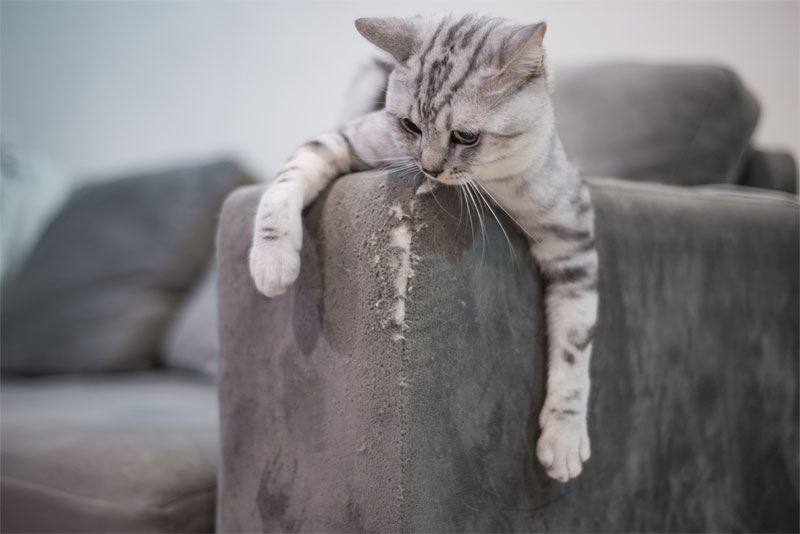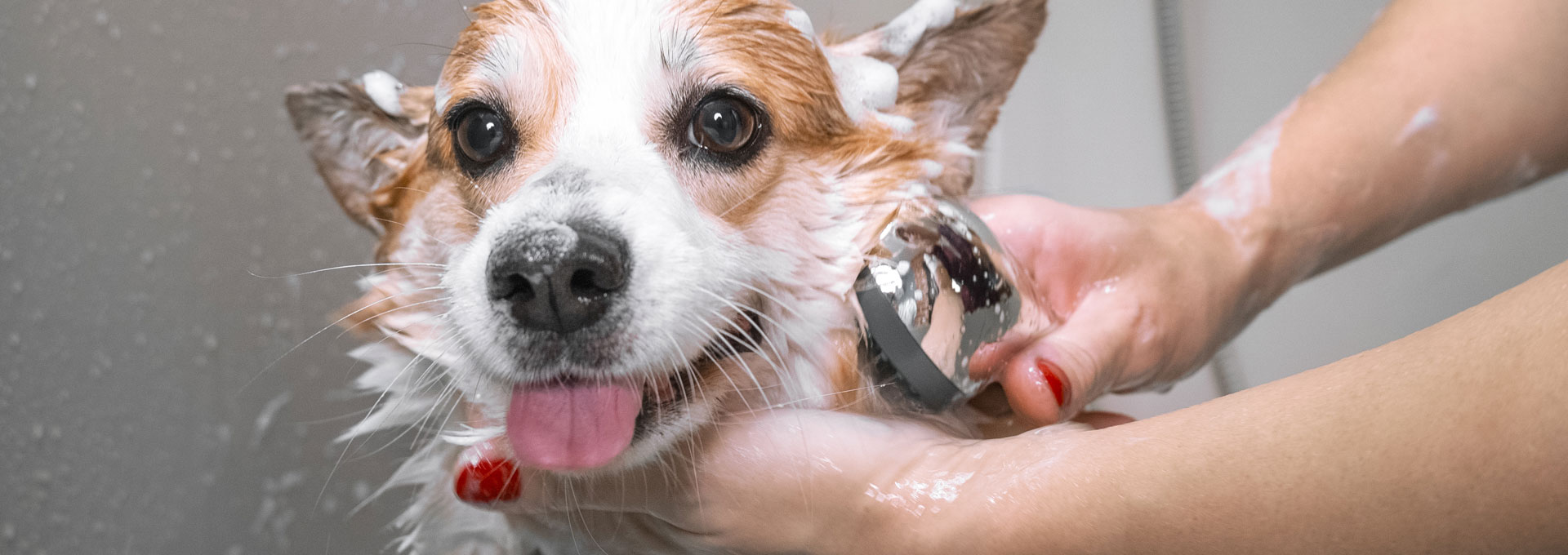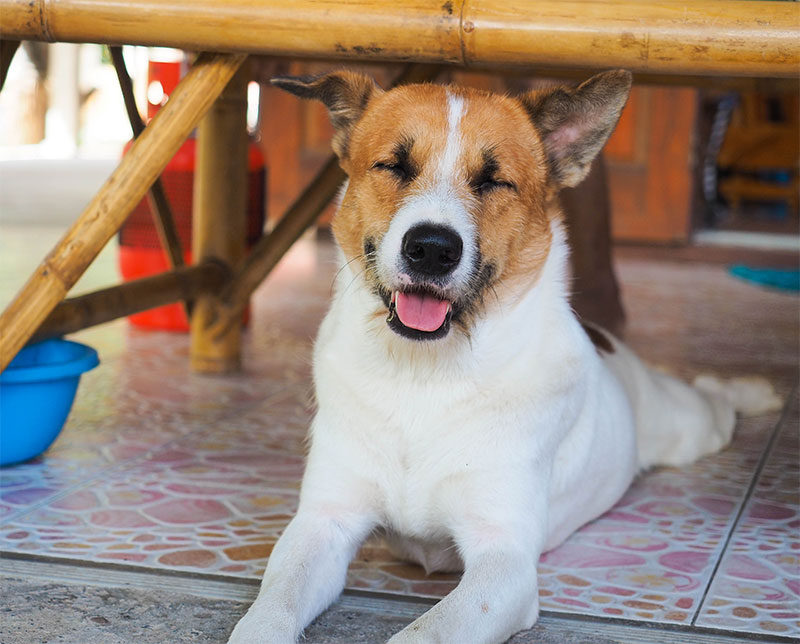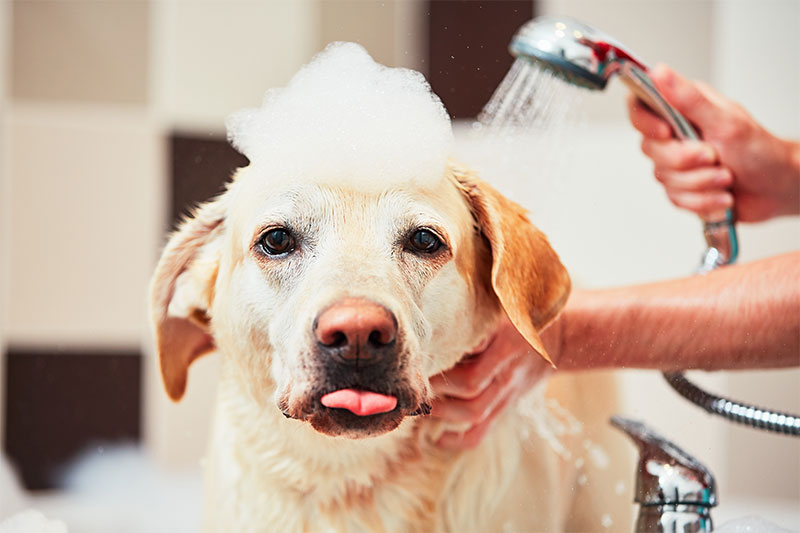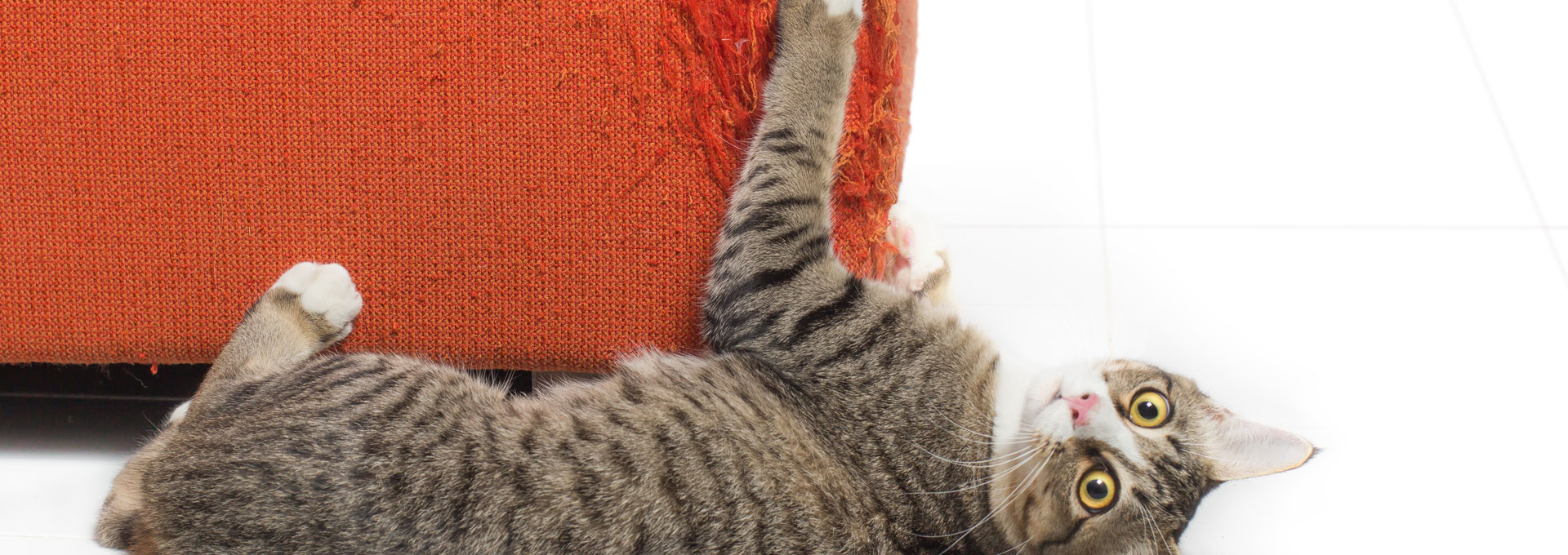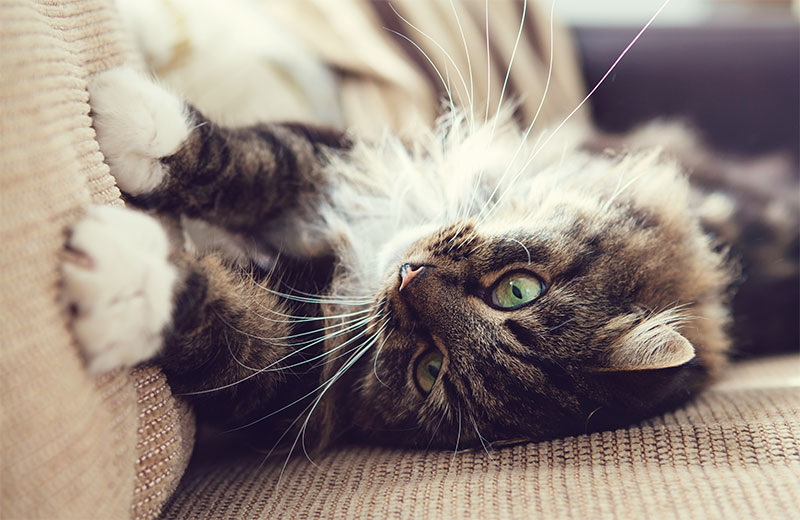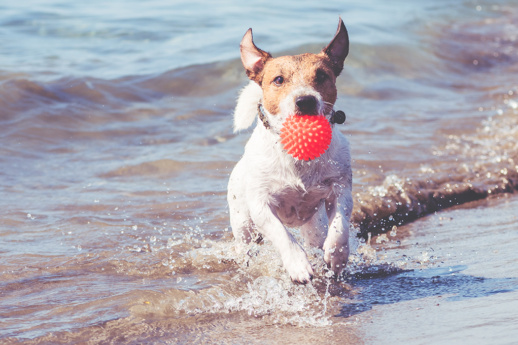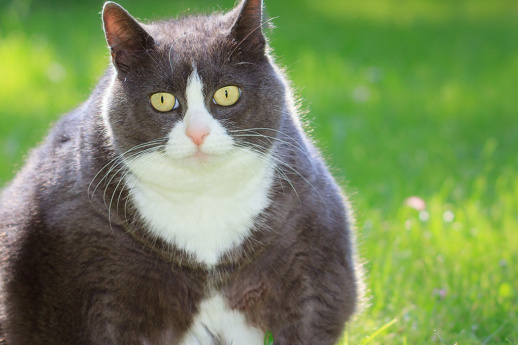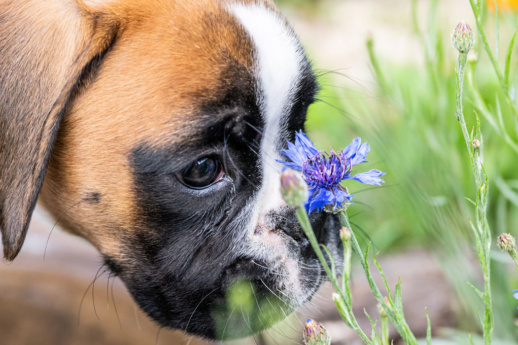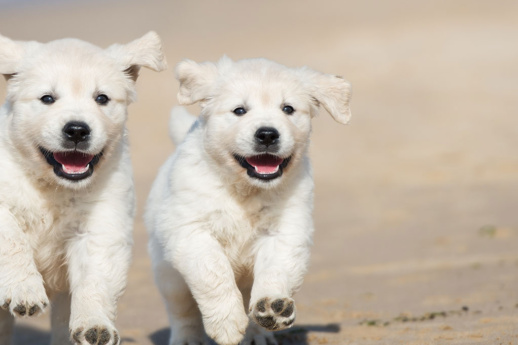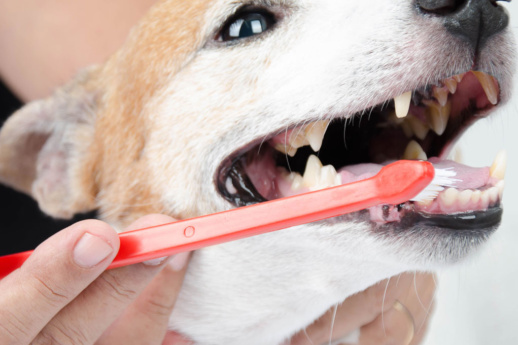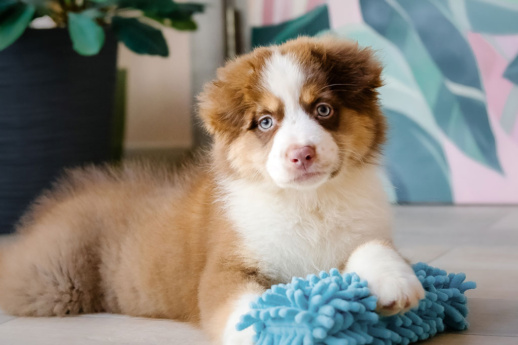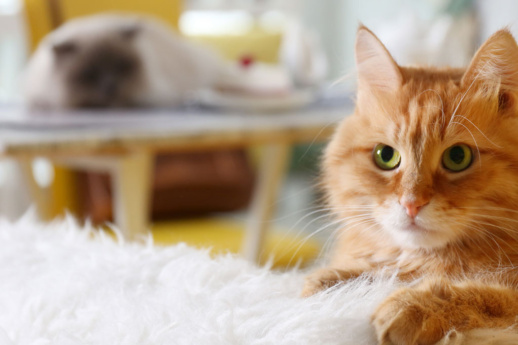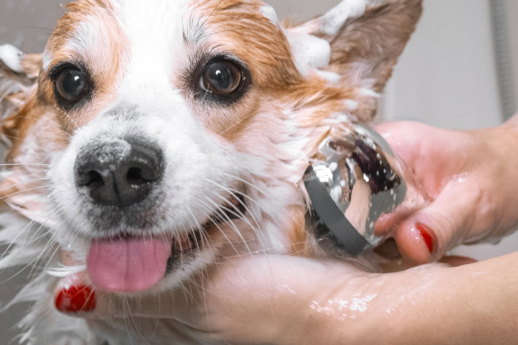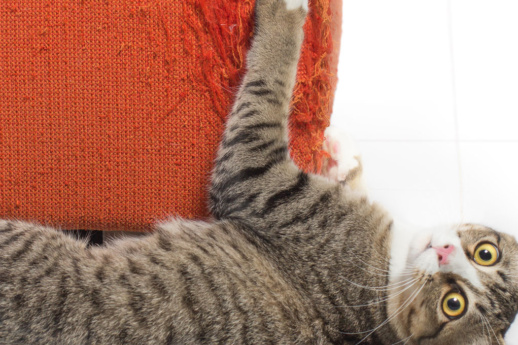
5 Things to Watch for When Taking Your Dog to the Beach
Splashing in the waves at the beach is a great summer activity for dogs in the summer heat of Pensacola. To ensure you and your dog have a fun and safe time, there are some precautions you should take when you visit the beach with your dog.
5 Things to Keep an Eye Out for When Taking Your Dog to the Beach
1. Signs of Heatstroke
Dogs can overheat quickly in the summer heat, so it’s important to find an area with shade and bring plenty of fresh water to keep your pet hydrated in the sun. Additionally, pay close attention to signs that your pet might be overheating, dehydrating, and developing heatstroke such as:
- Heavy panting
- Excessive drooling
- Red gums and tongue
- Elevated heart rate
- Confusion
- Dizziness or loss of coordination
- Dilated pupils
- Fainting or collapse
- Seizures
If your dog exhibits signs of heatstroke, immediately seek emergency veterinary care.
2. Beach Rules
Before you take to the beach with your dog, make sure you are both welcome. Not all beaches allow dogs, and you don’t want to incur a fine when you could have checked the rules and then simply visited a different beach that does allow dogs.
3. Sunburn
Dogs are susceptible to sunburn on the skin beneath their coats. Don’t trim your dog’s hair shorter than one inch and use a dog-safe sunscreen to protect your pup’s skin at the beach.
4. Salt Poisoning
Too much salt is toxic for dogs, and drinking too much ocean water can lead to salt poisoning. Bring fresh water to the beach for your dog to drink and keep a close eye on them to make sure they aren’t drinking ocean water.
5. Water Conditions and Wildlife
Rough waves, dangerous currents, jellyfish, or stingrays can all make the ocean dangerous for your pet. Pay close attention to water condition notices or talk with a lifeguard before jumping in with your pet.
Summer Safety at Olive Branch Pet Hospital
At Olive Branch Pet Hospital, we have everything you need to keep your pet safe, secure, and healthy this summer including vaccinations, parasite prevention, and pet microchips. To learn more about summer beach safety for pets or to schedule a wellness exam for your dog or cat, we welcome you to contact our veterinary hospital in Pensacola today.
